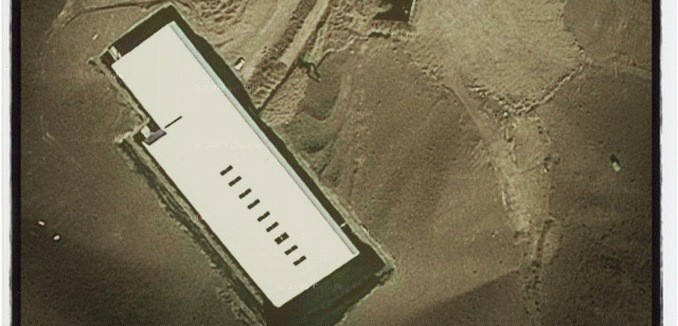The Iranian regime has never “repurposed” the Fordow uranium enrichment facility as required by the 2015 Joint Comprehensive Plan of Action (JCPOA) between the Islamic Republic and world powers, the Institute for Science and International Security said in an explosive report Wednesday.
The deal stated, “Iran will convert the Fordow facility into a nuclear, physics and technology centre.” However, the report noted that the facility has in fact “never been repurposed” in that “everything required to enrich uranium to weapons grade could be quickly reconstituted.”
Fordow, one of Iran’s largest fuel-enrichment plants, is located in a fortified secret bunker buried outside the city of Qom. In violation of international agreements, the country failed to declare the construction of the facility and admitted to its existence only after it was exposed by Western intelligence.
Iran also admitted in the past to violating United Nations Security Council resolutions by enriching uranium to 20 percent at Fordow. Enrichment of this kind is militarily significant as it enables an easy and quick shift to weapons-grade 90 percent enriched uranium in a matter of months.
The nuclear deal prohibits Iran from enriching uranium at Fordow, but the Islamic Republic can still use around 1,000 centrifuges for non-nuclear purposes. However, nuclear experts warn that it is possible its centrifuges can be reconverted to enriching uranium in a short time.
Furthermore, according to David Albright, president of the Institute for Science and International Security, Iran would be able to “re-establish Fordow as a uranium enrichment centrifuge plant with a capacity far in excess of its current capacity” once the deal expires.
The verification procedures to ensure Iran’s compliance with the nuclear accord have always been deeply flawed. The country can hold international inspectors at arm’s length for at least 24 days, and likely even for a period of three months or longer before some of the nuclear sites can be inspected.
This would allow Iran to clean up small facilities where the country engages in weaponized activities. In 2003, the Iranians delayed access to the Kalaye Electric Company for two weeks and completely scrubbed it. The same happened at the Lashkar Abad laser uranium enrichment plant.




